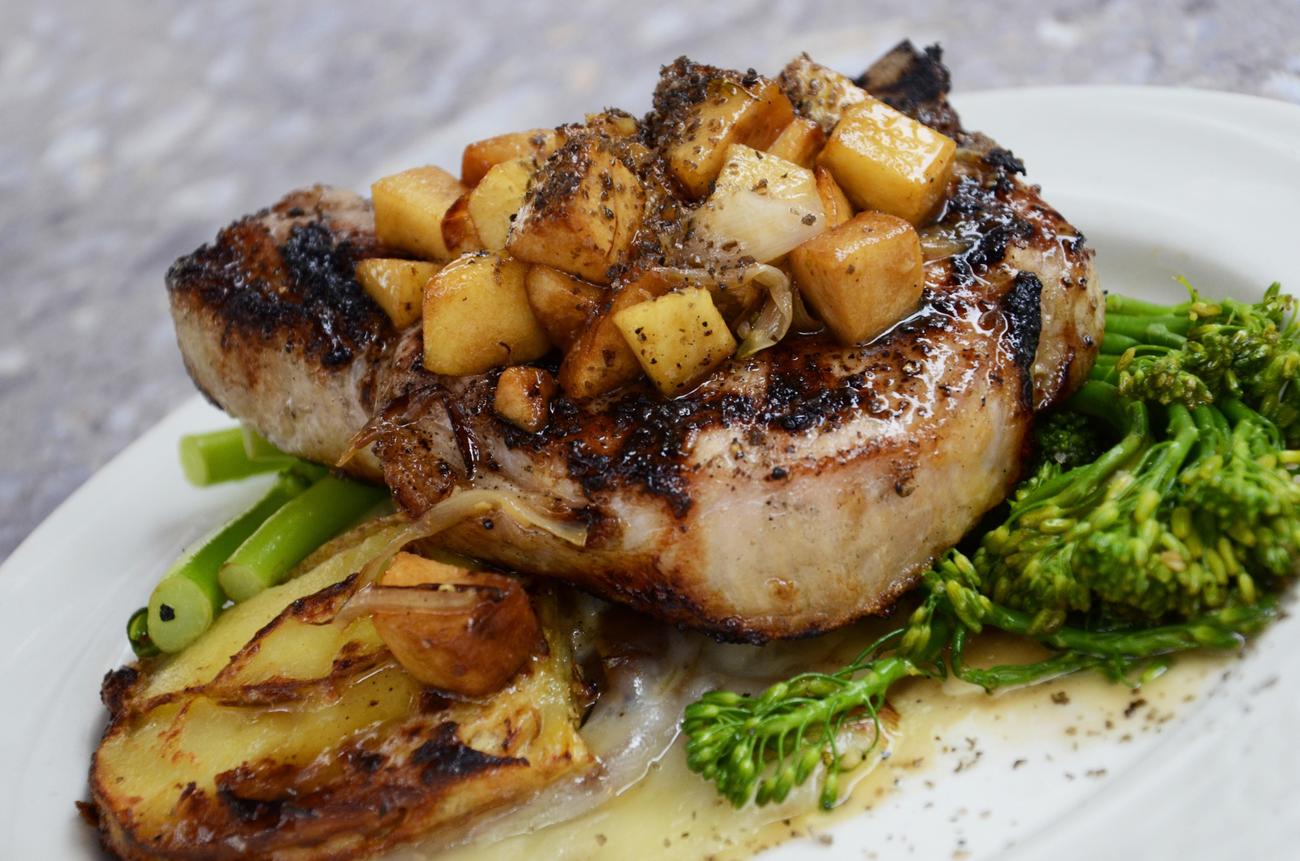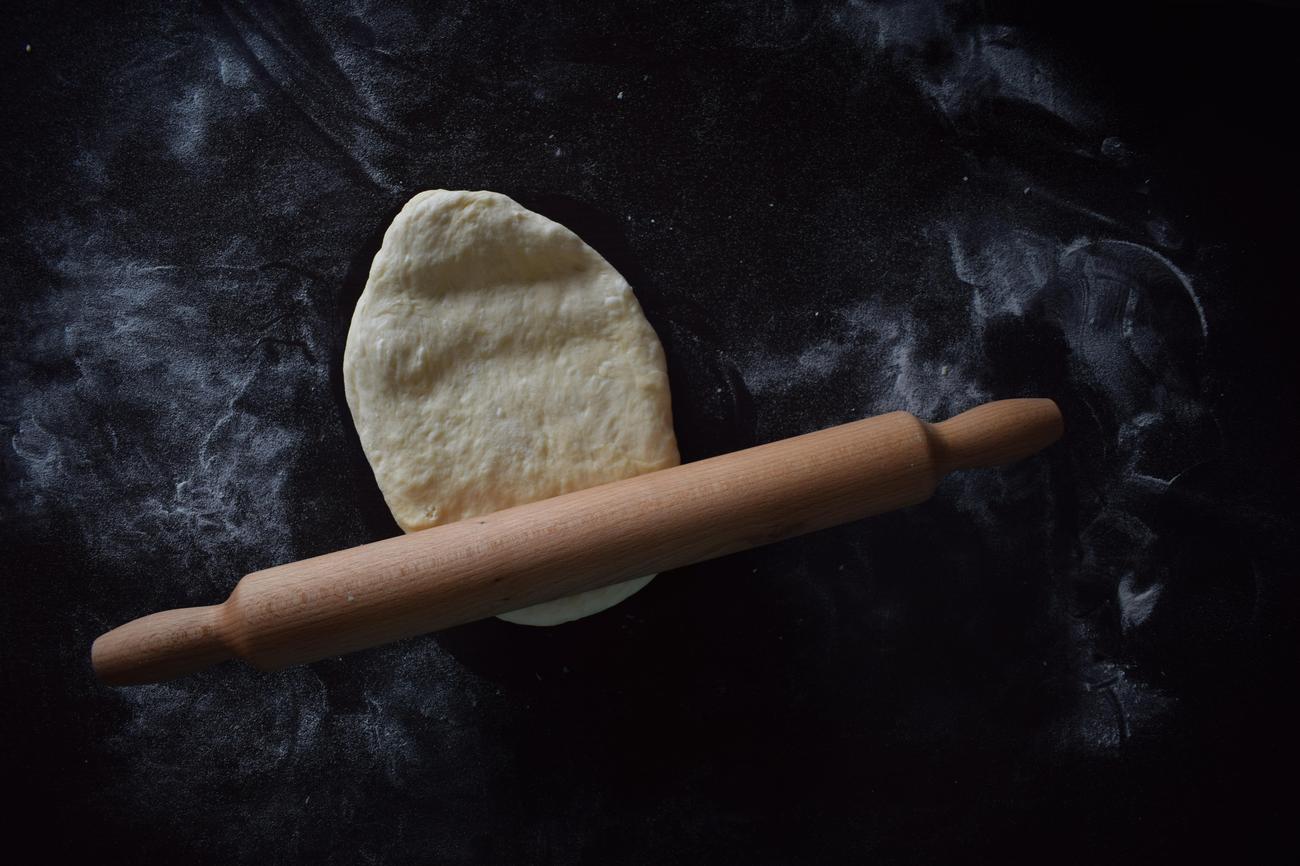Unveiling Botswana’s Iconic Dish: Explore the Flavorful Delights of the Country’s Culinary Gem unveils the tantalizing secrets hidden within Botswana’s most famous dish. As we embark on a journey through the rich culinary traditions of this vibrant African nation, we will delve deep into the flavors, techniques, and stories that make this dish truly iconic. Immerse yourself in the cultural tapestry of Botswana as we uncover the unique ingredients, historical influences, and culinary techniques that have shaped this gem of the country’s gastronomy. From the smoky aromas of grilled meats to the savory blend of spices, be prepared to be transported to the heart of Botswana’s culinary heritage.

What is Botswana’s most famous dish?
Botswana, a captivating landlocked country in Southern Africa, is home to a vibrant culinary scene that reflects its rich cultural heritage and expansive history. With 70% of its land covered by the vast Kgalagadi desert, Botswana’s cuisine is intimately connected to the natural resources and indigenous traditions that have shaped the country’s gastronomy over the years.
When it comes to Botswana’s most famous dish, one culinary gem stands out among the rest—Seswaa. This traditional beef dish holds a special place in the hearts and stomachs of Batswana, the majority ethnic group in Botswana. Whether it’s a family gathering, a wedding celebration, or a community festivity, Seswaa is a cherished presence at every event.
To prepare Seswaa, beef is slow-cooked in salted water until it becomes extremely tender. As it simmers, the meat absorbs the flavors of the seasonings, transforming into a succulent delicacy that melts in your mouth. Once cooked, the meat is meticulously pounded with wooden pestles, resulting in a beautifully shredded texture that amplifies the dish’s rich taste.
“Seswaa captures the soul of Botswana’s food culture, blending history and tradition into every bite.”
This iconic dish not only showcases the integral role that beef plays in Tswana culture but also highlights the country’s connection to the land and its resources. The local love for Seswaa extends beyond its sensational taste—it symbolizes harmony, unity, and the spirit of togetherness that defines Botswana’s communal identity.
While Seswaa reigns as Botswana’s national dish, there are other culinary delights that grace the tables across the country. Segwapa is a customary dish that embodies resourcefulness and respect for the cow as every part is utilized. From the tongue to the intestines, various parts of the cow are cooked together to create a flavorful and hearty dish that captures the true essence of Botswana’s meat-centric cuisine.
“In Botswana, Segwapa is a testament to the veneration and sustainable utilization of the cow, embracing the value of every ingredient.”
Botswana’s culinary traditions have also been influenced by the country’s historical interactions with the British. Diphaphatha, a delightful baked dish, embraces the fusion of local ingredients with British culinary techniques. Combining flour, sugar, eggs, and milk, this golden treat offers a delectable blend of flavors that reflects the cultural exchange between Botswana and its former colonizers.
“With each bite of Diphaphatha, one can taste the harmonious marriage of history and ingredients, transcending borders and time.”
Another hybrid British delight that has found a home in Botswana is Mapakiwa. These scrumptious pastries, filled with delicious combinations of beef, onion, potatoes, and spices, have become a cherished snack among Batswana. Mapakiwa showcases the country’s openness to embracing new flavors and incorporating them into their culinary tapestry.
“Mapakiwa embodies Botswana’s acceptance of diverse influences and its knack for creating palatable masterpieces.”
At the heart of Botswana’s cuisine, vegetables play a vital role in adding depth and diversity to every meal. Morogo, an indigenous vegetable, is a staple on many Batswana plates. This leafy green not only provides a burst of flavor but also stands as a testament to the country’s deep-rooted connection with its natural surroundings.
“Morogo’s earthy freshness transports you to the lush landscapes of Botswana, reflecting the country’s profound appreciation for its ecosystems.”
In addition to Morogo, Maphutsi, gem squashes, and gourds are beloved vegetables that further enrich the culinary experience in Botswana. These vibrant and nutritious ingredients form the backbone of many traditional and contemporary dishes, ensuring a balanced and wholesome meal for all.
Just as the flavors of Botswana’s iconic dishes captivate the senses, the country’s diverse cuisine reflects the mosaic of cultures and histories that have shaped its culinary landscape. From Vetkoek and braai meat to the hearty and comforting Dikgobe, unique flavors and textures await visitors in every bite.
“Botswana’s culinary offerings paint a vibrant picture of its people, landscapes, and traditions, inviting you to embark on a gastronomic adventure you won’t soon forget.”
As you explore the bustling markets filled with the aroma of freshly grilled meats and the vibrant colors of a myriad of fruits and vegetables, be prepared to be swept away by the sheer diversity and quality of Botswana’s cuisine. The country’s commitment to high-quality beef, coupled with its use of indigenous ingredients and its embrace of international influences, creates a culinary tapestry that is as mesmerizing as it is delicious.
In the words of Julia Child, “People who love to eat are always the best people.” And in Botswana, where gastronomy is closely intertwined with culture, there is no doubt that the Batswana are indeed some of the best people, sharing their flavorful delights with open hearts and open kitchens.
So, if you find yourself in Botswana, embark on a culinary voyage that will unveil the secrets and stories behind each dish, leaving your taste buds yearning for more. From Seswaa’s tender embrace to the comforting warmth of Dikgobe, let the flavors of Botswana guide you on a remarkable journey through the heart of Africa’s culinary treasure trove.
Botswana, a country known for its vast landscapes, rich wildlife, and vibrant culture, is an incredible destination to explore. If you’re craving to delve deeper into the fascinating aspects of this African gem, we have just the thing for you! Discover a plethora of captivating and interesting facts about Botswana by clicking here: interesting facts about botswana. Prepare to be amazed as you unravel the mysteries and wonders of this enchanting land. So, what are you waiting for? Embark on a virtual journey and let the allure of Botswana captivate your senses.
Botswana’s Delightful Street Cuisine: A Culinary Journey
[youtube v=”0l_P2_ia0Ow”]
Botswana, a landlocked country in Southern Africa, is not only known for its stunning landscapes and rich wildlife, but also for its vibrant and diverse street food culture. Among the numerous mouth-watering delicacies, several dishes stand out as Botswana’s most popular street food options.
Seswaa: A Symbol of Unity and Harmony
One iconic dish that represents the heart and soul of Botswana’s cuisine is Seswaa. This traditional beef dish is slow-cooked until tender, then pounded to achieve a unique shredded texture. Seswaa holds a much deeper meaning for Batswana (the people of Botswana), symbolizing harmony, unity, and togetherness in their communal identity. The dish is often prepared for special occasions and celebrations, bringing people closer through its flavors and traditions.
Segwapa: Embracing Resourcefulness and Respect
Another customary dish that showcases Botswana’s culinary ingenuity is Segwapa. This dish exemplifies the Batswana way of utilizing every part of the cow, emphasizing resourcefulness and respect for the animal. From the head, intestines, and other organs, these different parts are carefully prepared and transformed into a flavorful delicacy. Segwapa is a testament to Botswana’s reverence for nature and their commitment to waste minimization.
Diphaphatha: A Fusion of Local and British Influence
For a taste of Botswana’s culinary fusion, Diphaphatha is the perfect dish to try. This baked treat combines local ingredients with British culinary techniques, resulting in a delectable pastry that delights the taste buds. Diphaphatha represents the country’s openness to new flavors and its ability to incorporate foreign influences into its own culinary traditions.
Mapakiwa: A Savory Blend of East and West
Botswana’s street food scene wouldn’t be complete without Mapakiwa. This British-inspired pastry filled with beef, onion, potatoes, and spices showcases Botswana’s openness to global flavors. Combining the best of East and West, Mapakiwa demonstrates the country’s ability to embrace new ingredients and create unique and mouth-watering delicacies.
The Abundance of Fresh Vegetables
Amidst the meat-centric dishes, Botswana also boasts a vibrant array of fresh vegetables that play a crucial role in its cuisine. Morogo, Maphutsi, gem squashes, and gourds are some of the popular vegetables incorporated into various traditional dishes. These vegetables not only add color and freshness to the plate but also serve as a representation of Botswana’s connection with its natural surroundings.
A Culinary Tapestry Reflecting Culture and History
Botswana’s culinary offerings reflect its diverse cultures and histories, creating a mesmerizing tapestry of flavors. From traditional beef dishes to fusion treats, the country showcases a unique blend of indigenous ingredients and international influences. The commitment to high-quality beef, the use of local produce, and the embrace of global flavors make Botswana’s cuisine a captivating experience for food enthusiasts.
Sharing Flavors and Warmth
One of the most remarkable aspects of Botswana’s street food culture is the hospitality and generosity of the Batswana people. They are known for sharing their flavorful delights with open hearts and open kitchens, making them some of the best hosts. Exploring Botswana’s street food allows visitors to not only indulge in delicious dishes but also uncover the secrets and stories behind each recipe, leaving a lasting impression and a yearning for more.
As you journey through the bustling streets of Botswana, be sure to immerse yourself in the delightful street food scene. From Seswaa to Segwapa, Diphaphatha to Mapakiwa, and an array of fresh vegetables, Botswana offers an inviting culinary adventure that will leave you craving for more. Get ready to tantalize your taste buds and embrace the flavors of this beautiful country.

FAQ
Question 1
What is Botswana’s most famous dish?
Answer 1
Botswana’s most famous dish is Seswaa, also known as chotlho. It is the national dish of Botswana and is made by slow-cooking meat in salted water and pounding it with wooden pestles.
Question 2
What role does meat play in Tswana culture?
Answer 2
Meat, particularly beef, plays a vital role in Tswana culture. It is a symbol of prosperity and is commonly used in traditional celebrations and events.
Question 3
What are some traditional dishes besides Seswaa in Botswana?
Answer 3
Beside Seswaa, Botswana cuisine includes dishes like Vetkoek, braai meat, morogo (made with an indigenous vegetable), and dikgobe (a combination of sorghum, beans, and samp).
Question 4
What are some British-influenced dishes in Botswana?
Answer 4
When the British arrived in Botswana, they introduced new ingredients and dishes to the culinary landscape. Some British-influenced dishes in Botswana include Diphaphatha (a baked dish made with a variety of ingredients) and Mapakiwa (a hybrid British treat).
Question 5
What are some staple foods in Botswana?
Answer 5
Some staple foods in Botswana include Motogo (also known as “slap pap,” a pouring consistency food), Phaletshe (pap or porridge), and Morogo (an indigenous vegetable commonly found on many plates).
- Revolution Space: Disruptive Ion Propulsion Transforming Satellites - April 24, 2025
- Race Through Space: Fun Family Game for Kids - April 24, 2025
- Unlocking the Universe: reading about stars 6th grade Guide - April 24, 2025
















